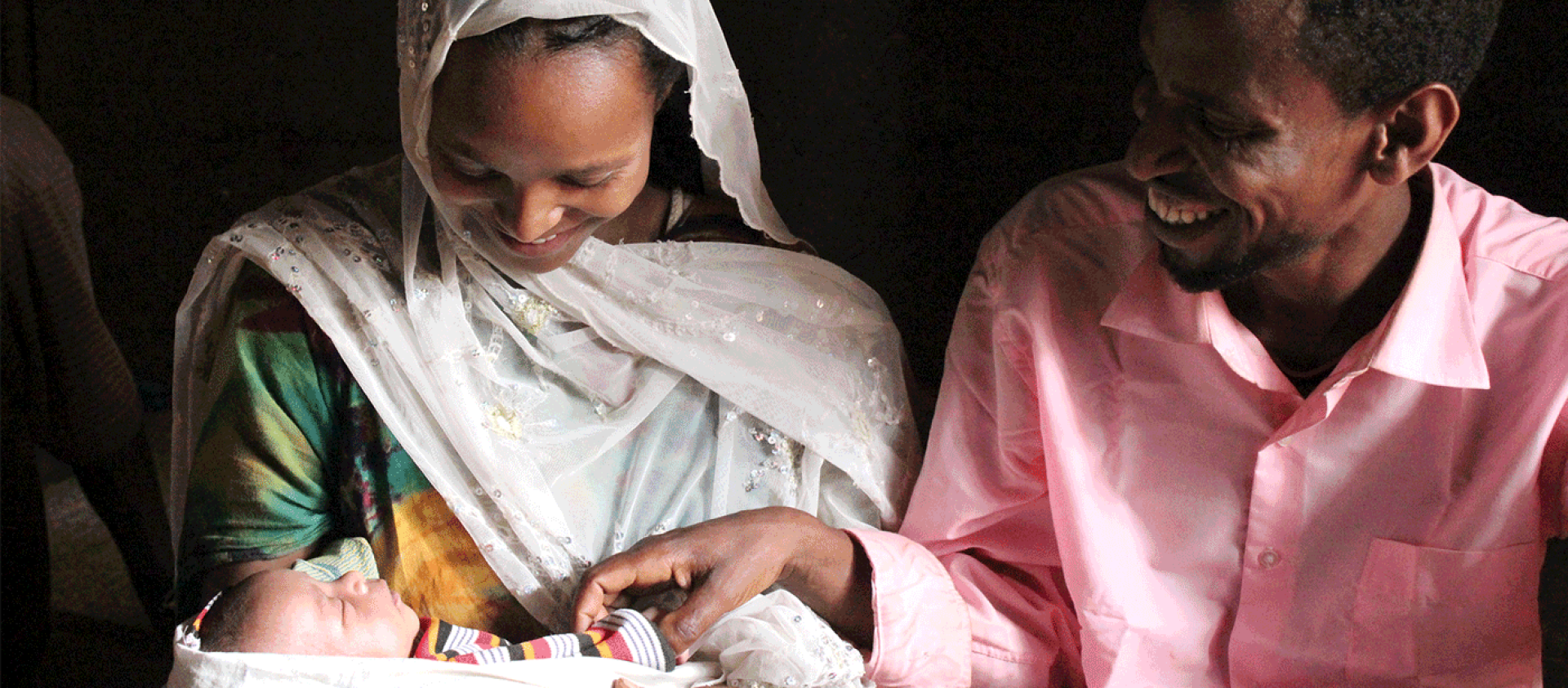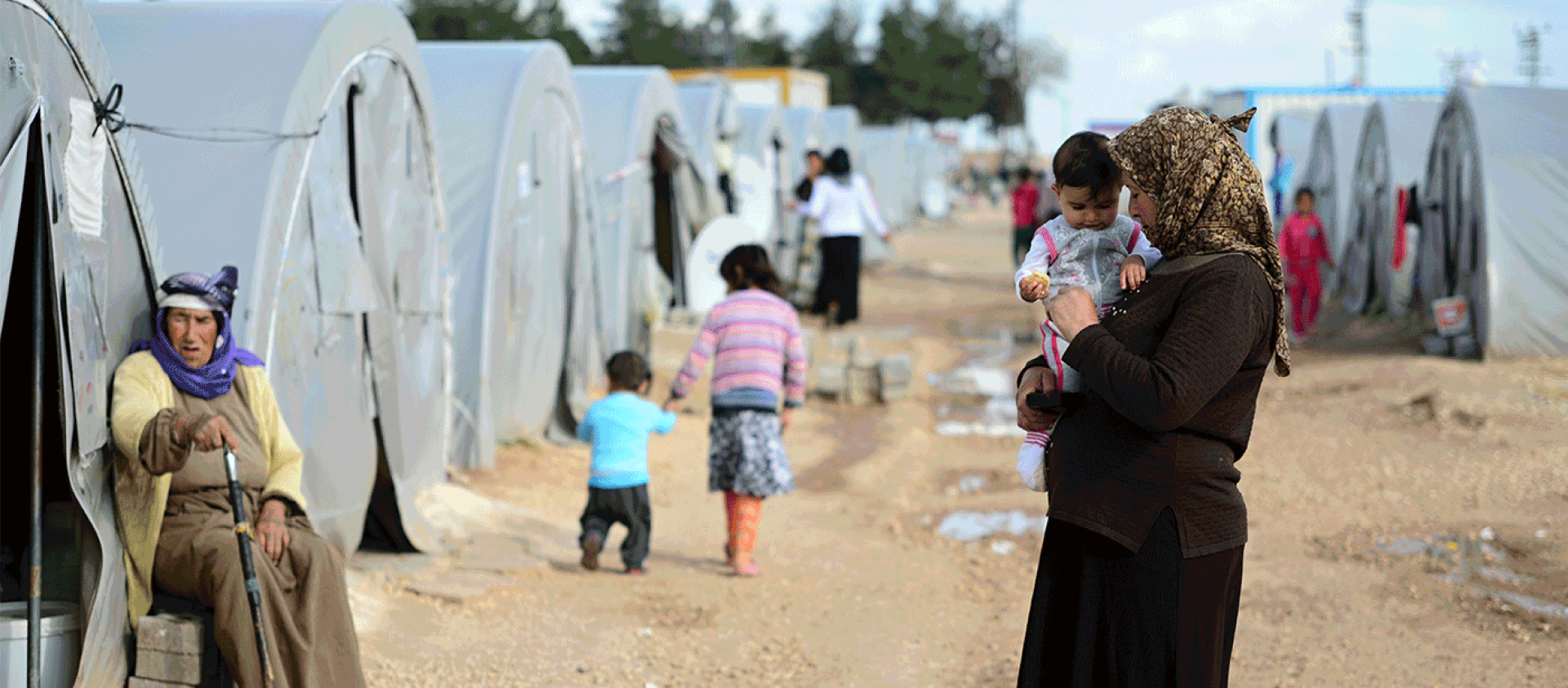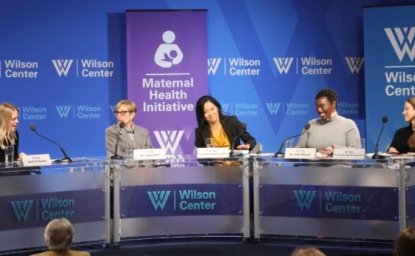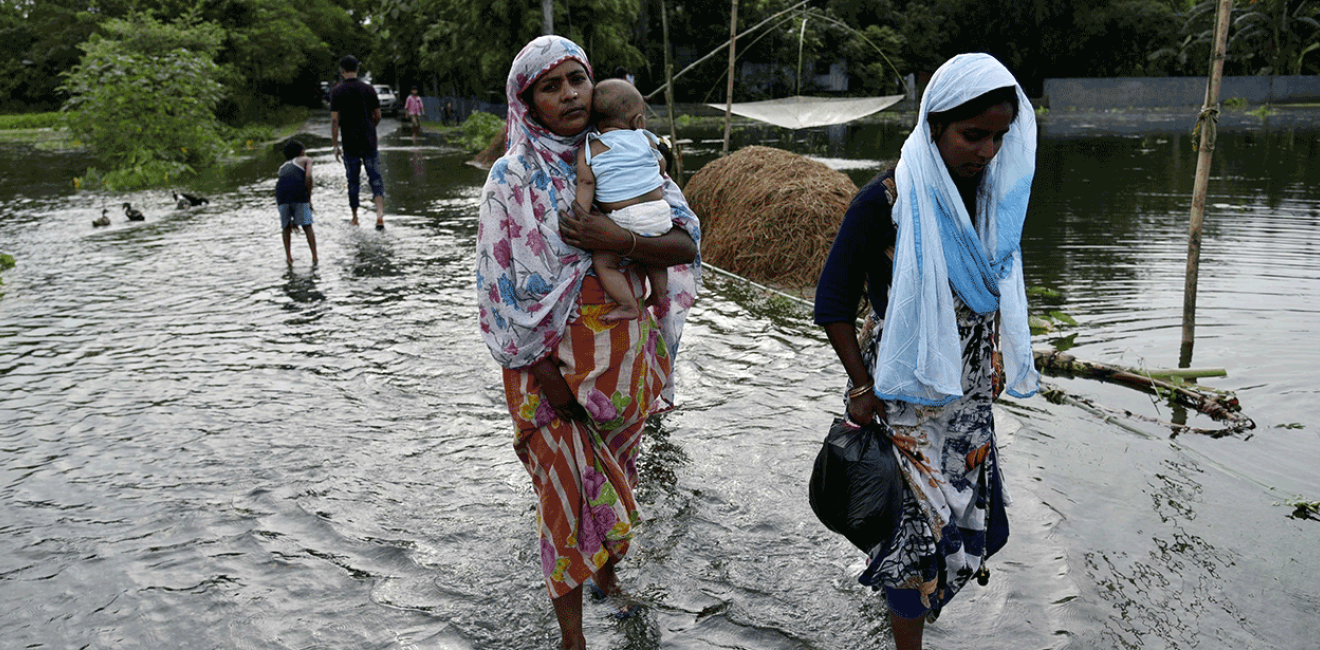Critical Challenge for the US | Integrating Climate-Related Policy and Programs with Maternal and Reproductive Health Services
In 2021, the Biden administration’s National Strategy on Gender Equity and Equality recognized the disproportionate impact of climate change on pregnant and breastfeeding people, on sexual and reproductive health and rights, and on gender equity. However, other climate-related policies from the administration since, as well as recent Congressional legislation, do not meaningfully address the impact of rising emissions, extreme weather events, and other effects of climate change on women and girls. Recent events at the Wilson Center, and global fora such as COP27 and the International Conference on Family Planning, have highlighted the corollaries. Heat and high temperatures increase the risk of several adverse outcomes, including preeclampsia, preterm birth, and congenital defects. Extreme weather events directly impact women during pregnancy and the postpartum period, and can have lasting effects on infant and child health. Recent flooding in Pakistan resulted in more than 33 million people displaced, with most of the resulting stress carried by women and girls.
Research shows that increasing access to family planning and a minimum of 12 years of education for girls can dramatically increase women and girls’ resilience to the impacts of climate change. It is essential that US global health programs include a focus on ensuring that in-country health services are climate resilient. Humanitarian assistance must also ensure that emergency and disaster management includes the full suite of health services, including those for maternal and reproductive health. Foreign policy strategy should prioritize the integration of these important issues, and should ensure that those most affected by climate change are included as stakeholders and leaders in future policy and program development.

3 Things to Watch
Population Dynamics and Fertility Trends
While the world’s population has surpassed 8 billion people, global fertility rates have been declining for decades. The annual population growth rate was 2.1 percent in 1963, but by 2020, it had fallen to just 1 percent. The overall drivers of this decline include increased access to contraception and reproductive health care, an increase in women seeking higher education, women’s empowerment in the workforce, lower rates of child mortality globally, increased cost of raising children, and overall greater gender equality. Yet while greater gender equity and empowerment is a cause for celebration, demographic reports suggest that many couples end up having fewer children than they felt was ideal. At the heart of these findings are growing economic insecurity, struggles with fertility, concern that having children will negatively affect career progression, and fears over the growing effects of climate change. Thus, any efforts to increase fertility rates must address the reasons that women and families are having fewer children, and they must look at the intersectionality of decision-making around when, if, and how many children a person decides to have.

Self-Care to Support Maternal and Newborn Health in Humanitarian and Fragile Settings
Some 1.8 billion people live in fragile settings around the world, and one quarter of this population consists of women and girls of reproductive age (15-49). Huge gaps in access to and quality of maternal and newborn care exist in these contexts, and subsequently more than half (61%) of maternal deaths occur in humanitarian and fragile settings. Crises overwhelm and disrupt healthcare systems. This includes interference with service delivery, supply chain disruptions, a lack of medications, and challenges for the health facilities themselves. Self-care interventions are a vital solution to fill gaps, and have been shown effective in several settings. The World Health Organization defines self-care as the ability of individuals, families, and communities to promote health, prevent disease, maintain health, and cope with illness and disability with or without the support of a healthcare provider. Some examples of successful forms of self-care include self-injected contraceptives, home-based ovulation predictor kits, and self-testing for sexually transmitted infections. Self-care in crisis-affected settings can also be successful as a complement to provider-led services in health facilities, and has been shown to support self-autonomy, and to be person-centered, reduce stigma around reproductive and maternal health services, and improve equity in terms of accessibility, acceptability, and affordability.

Gender-Based Violence, Reproductive Violence, and Harmful Practices Against Women and Girls
One in three women experience some form of violence in their lifetime. Addressing gender-based violence and harmful practices is paramount to achieve the Sustainable Development Goals focused on gender equality and health. Reproductive autonomy in decisions related to whether or not to have children, when to have children, how many children to have, and with whom, is also essential to reaching gender equality, and promoting healthy women and girls. Reproductive violence and coercion are examples of gender-based violence that takes away a person’s decision-making and reproductive autonomy. A deeper understanding of both reproductive coercion and reproductive violence is necessary to understand the landscape in which women and girls navigate their reproductive health and well-being. Other harmful practices, like early and forced child marriage, disallowing girls to complete a secondary education, and female genital mutilation and cutting, are limiting opportunities and autonomy for adolescent girls. Evidence shows that increasing efforts to boost girls’ education, curb child marriage, and ensure access to voluntary family planning, advances the human rights of women and girls, and helps to curb insecurity and strengthen governance—benefiting society as a whole.
Contributors





Maternal Health Initiative
Housed within the Wilson Center's Environmental Change and Security Program, the Maternal Health Initiative (MHI) leads the Wilson Center’s work on maternal health, global health equity, and gender equality. Read more

Explore More
Browse Insights & Analysis
Closing the Women’s Health Gap: Research, Investment, and Eliminating Inequities

2024 Dot-Mom Guest Contributor Highlights


